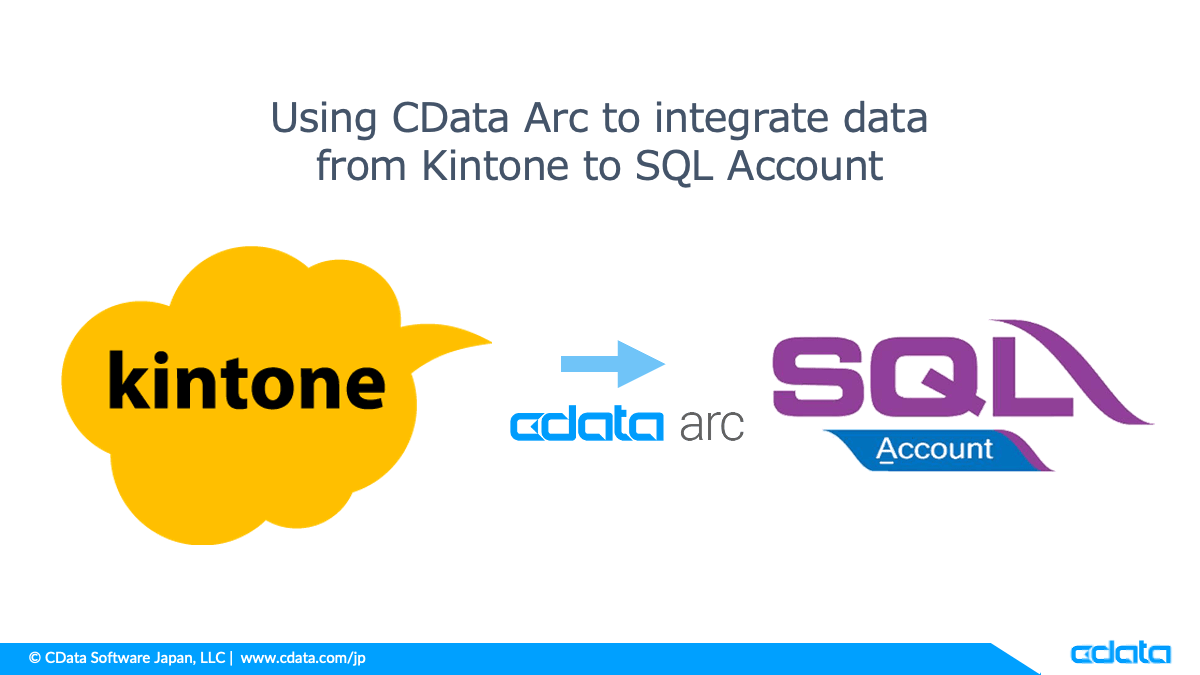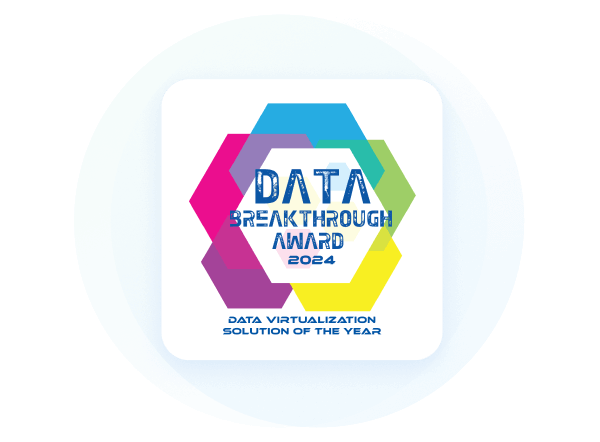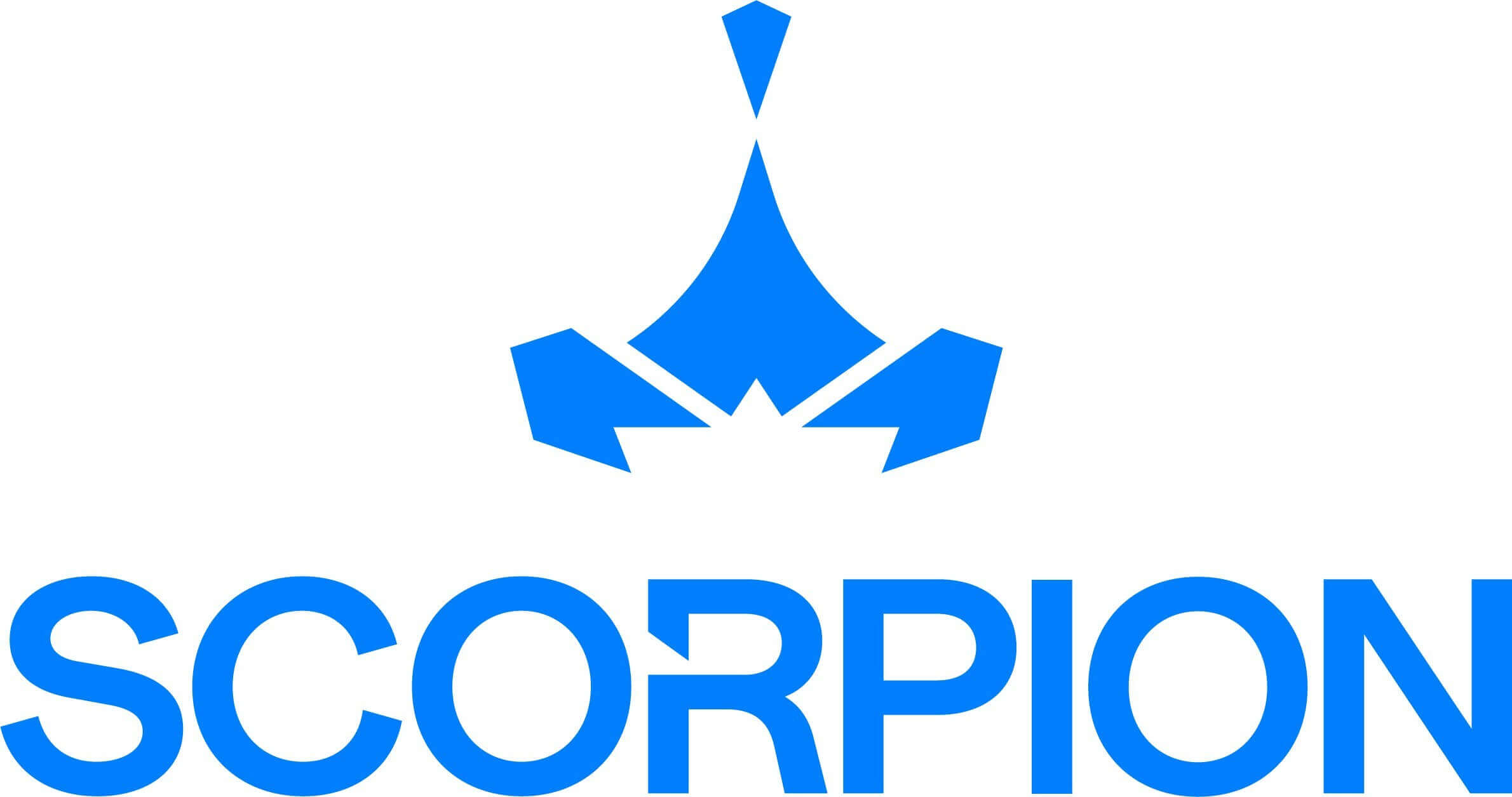Discover how a bimodal integration strategy can address the major data management challenges facing your organization today.
Get the Report →DataBind Controls to QuickBooks Data in Delphi
DataBind to QuickBooks data in Delphi with standard data access components and controls.
The CData ODBC Driver for QuickBooks supports the ODBC standard to enable integration of live QuickBooks data with visual form designers and other rapid development tools in Delphi. The ODBC driver simplifies data access strategies for applications that share a single codebase like Delphi by providing a single API for database development. This article shows how to how to connect to QuickBooks data and query data from a simple visual component library (VCL) application, as well as from Delphi code.
Create a Connection to QuickBooks Data
If you have not already, first specify connection properties in an ODBC DSN (data source name). This is the last step of the driver installation. You can use the Microsoft ODBC Data Source Administrator to create and configure ODBC DSNs.
When you are connecting to a local QuickBooks instance, you do not need to set any connection properties.
Requests are made to QuickBooks through the Remote Connector. The Remote Connector runs on the same machine as QuickBooks and accepts connections through a lightweight, embedded Web server. The server supports SSL/TLS, enabling users to connect securely from remote machines.
The first time you connect, you will need to authorize the Remote Connector with QuickBooks. See the "Getting Started" chapter of the help documentation for a guide.
You can then follow the steps below to use the Data Explorer to create a FireDAC connection to QuickBooks data.
- In a new VCL Forms application, expand the FireDAC node in the Data Explorer.
- Right-click the ODBC Data Source node in the Data Explorer.
- Click Add New Connection.
- Enter a name for the connection.
- In the FireDAC Connection Editor that appears, set the DataSource property to the name of the ODBC DSN for QuickBooks.
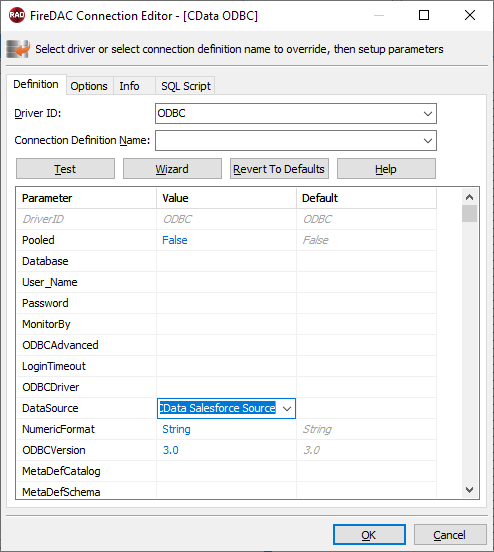
Create VCL Applications with Connectivity to QuickBooks Data
Follow the procedure below to start executing queries to QuickBooks data from a simple VCL application that displays the results of a query in a grid.
-
Drop a TFDConnection component onto the form and set the following properties:
- ConnectionDefName: Select the FireDAC connection to QuickBooks data.
- Connected: Select True from the menu and, in the dialog that appears, enter your credentials.
-
Drop a TFDQuery component onto the form and set the properties below:
- Connection: Set this property to the TFDConnection component, if this component is not already specified.
SQL: Click the button in the SQL property and enter a query. For example:
SELECT Name, CustomerBalance FROM Customers- Active: Set this property to true.
Drop a TDataSource component onto the form and set the following property:
- DataSet: In the menu for this property, select the name of the TFDQuery component.
-
Drop a TDBGrid control onto the form and set the following property:
- DataSource: Select the name of the TDataSource.
- Drop a TFDGUIxWaitCursor onto the form — this is required to avoid a run-time error.
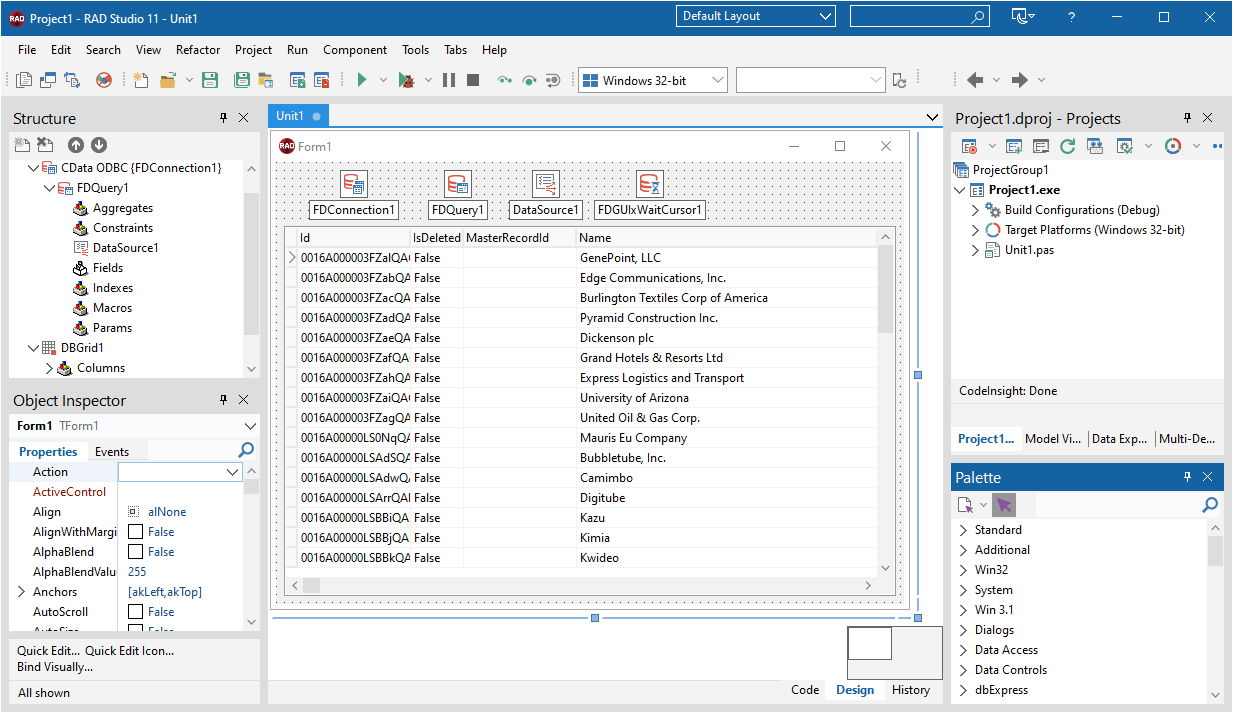
Execute Commands to QuickBooks with FireDAC Components
You can use the TFDConnection and TFQuery components to execute queries to QuickBooks data. This section provides QuickBooks data-specific examples of executing queries with the TFQuery component.
Connect to QuickBooks Data
To connect to the data source, set the Connected property of the TFDConnection component to true. You can set the same properties from code:
FDConnection1.ConnectionDefName := 'myquickbooks';
FDConnection1.Connected := true;
Create Parameterized Queries
Parameterized resources can improve performance: Preparing statements is costly in system resources and time. The connection must be active and open while a statement is prepared. By default, FireDAC prepares the query to avoid recompiling the same query over and over. To disable statement preparation, set ResourceOptions.DirectExecute to True; for example, when you need to execute a query only once.
Execute a Query
To execute a query that returns a result set, such as a select query, use the Open method. The Open method executes the query, returns the result set, and opens it. The Open method will return an error if the query does not produce a result set.
FDQuery1.Open('select * from Customers where Type = :Type',['Commercial']);
To execute a query that does not return a result set, such as a delete, use the ExecSQL method. The ExecSQL method will return an error if the query returns a result set. To retrieve the count of affected rows, use the TFD.RowsAffected property.
FDQuery1.ExecSQL('delete from Customers where Id= :myId',['x12345']);
i := FDQuery1.RowsAffected;


